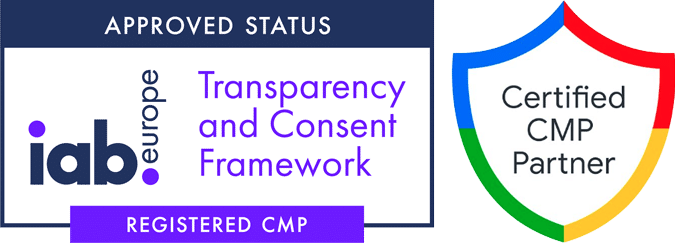Content creation has opened incredible doors, but it also comes with its own set of rules. If you’re like most of us, the maze of copyright laws and data protection regulations can seem a bit overwhelming. That’s why understanding the relationship between copyright and data protection is essential.
It’s not as intimidating as it seems, and I promise, after reading this practical guide—you’ll walk away with a better understanding of the law surrounding copyright.
Add Your Heading Text HereWhere Copyright Meets Data Protection
First off, what exactly is copyright? In the simplest terms, copyright protects creators’ rights over their original work. It ensures that others can’t just take what you’ve created and pass it off as their own. But what does this have to do with data protection, you ask? Well, the intersection happens when digital content involves personal data.
Here’s a relatable scenario: Imagine you’re running a blog, and you decide to share a user-generated photo of an event. That photo is not just a copyright-protected piece of work; it could also contain personal data (people’s faces, locations, etc.). Without proper consent, you’re potentially violating not just copyright law but also data protection regulations like the EU’s GDPR. See how the lines start to blur?
Tip: If your content features identifiable individuals, you’re treading both copyright and privacy waters. Get consent, and make sure you’re transparent about how their data (their image) will be used.
Understanding the Rules in the EU, UK, and US
When it comes to copyright and data protection, there isn’t a one-size-fits-all rulebook. While some core principles apply globally, there are regional nuances you need to consider.
In the EU
The GDPR (General Data Protection Regulation) is the main legal framework that handles data protection. It’s robust and comprehensive, with strict rules on how personal data is collected, stored, and used. Copyright laws, on the other hand, are covered under the European Union Copyright Directive. If you’re handling user data while sharing copyrighted content, you must follow both of these guidelines.
For instance, if you’re running a website in the EU and collecting personal data from your users (e.g., through comments or mailing lists), the GDPR ensures that you handle this data responsibly. On the flip side, if you use copyrighted content from another creator, you need to follow copyright laws, seeking proper permissions where necessary.
Key takeaway: Always remember that data protection (GDPR) and copyright laws operate side-by-side in the EU. Violating either can lead to hefty fines, and more importantly, a loss of trust with your audience.
In the UK
Post-Brexit, the UK has its own version of the GDPR, creatively named “UK GDPR.” It’s similar to its EU counterpart but has subtle differences. Copyright law in the UK follows the Copyright, Designs and Patents Act of 1988. Much like in the EU, the combination of these laws means that personal data and copyrighted content need to be handled with care.
In the US
The United States operates differently. While there is no federal equivalent to the GDPR, several states have introduced their own privacy laws, like the CCPA (California Consumer Privacy Act). On the copyright side, the US has the Digital Millennium Copyright Act (DMCA), which governs how copyrighted content can be shared online.
In the US, you might find more freedom in handling personal data, but that doesn’t mean you can ignore copyright regulations. The DMCA still requires you to respect the original creator’s rights, and even though privacy laws aren’t as unified as in Europe, states like California have strict rules in place.
Why This Matters to You
So why should all of this matter to you as a content creator or website owner? Think about it this way: protecting your content (and respecting others’) while also safeguarding personal data isn’t just about following the law. It’s about building trust with your audience. In a digital age where privacy breaches are becoming daily news, showing that you respect both copyright and data protection will set you apart.
Have you ever stopped to think about how often you use other people’s content? From reposting an image to sharing a video clip, it happens all the time. If you respect copyright and data protection guidelines, you’ll avoid potential legal pitfalls and show your users you value their privacy.
What’s Your Next Step?
Now that we’ve unraveled the connection between copyright and data protection, what are you going to do with this information? Whether you’re a small business owner or a solo content creator, there’s one takeaway here: always double-check. Is the content you’re sharing protected by copyright? Does it involve personal data that needs protection? These are questions you should ask every time you post online.
By taking these simple steps, you can ensure that you’re protecting yourself—and your audience—from any unnecessary legal headaches.
Ready to dive deeper into your own content strategy? Make sure you’re using tools like Complianz to help navigate these complex areas. With built-in solutions for compliance across regions like the EU, UK, and US, you can spend less time worrying about regulations and more time focusing on what you do best: creating amazing content.

